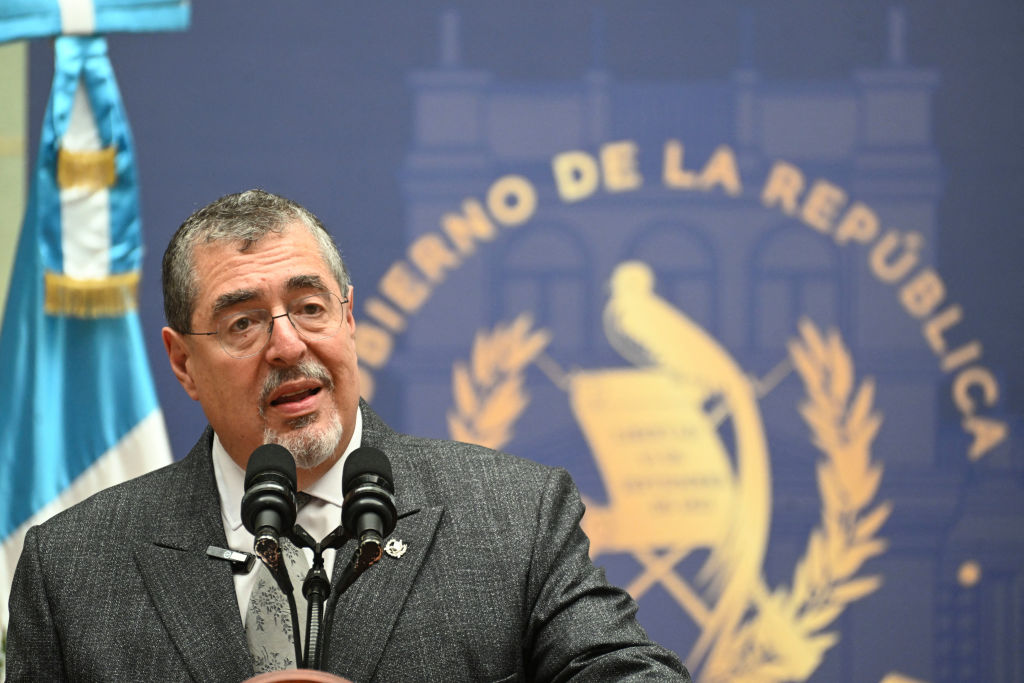A Boon for Democracy, Quality of Life across Hemisphere
A Boon for Democracy, Quality of Life across Hemisphere
Trade is not a panacea, but it remains the best tool we have to support economic growth, democracy, and a new strategic partnership in the hemisphere.
The negotiations over a Free Trade Area of the Americas are not ultimately about agriculture subsidies, orange juice, or even competing claims of jobs won or lost, although those are important questions. Rather, they are about building a democratic hemisphere consistent with strategic interests. If talks break down, the hemisphere will be walking away from its best chance in generations to build a democratic community while charting a common future.
Every trade negotiation has its own rhythm, and the Free Trade Area of the Americas is no different. Launched at the first Summit of the Americas in 1994 with palpable optimism, the talks have bogged down as regional governments changed and economic conditions soured.
But those who fear being overwhelmed by more efficient producers if they open their economies up to trade are looking through the wrong lens.
Expanding trade and investment is not a zero-sum game, where one country wins at the expense of the other. According to the United Nations Economic Commission on Latin America and the Caribbean, direct foreign investment is a primary driver of economic growth in the region, which provides resources necessary to address social concerns. In fact, direct foreign investment in Mexico increased almost 200 percent after NAFTA was signed.
As a result, nations that seek to restrict the provisions of FTAA are only hurting their own development prospects over time.
But the benefits of FTAA will be as much strategic as economic. For the United States, it is fundamentally in the national interest to have secure, democratic neighbors who will cooperate to address issues of mutual concern, including terrorism, illegal narcotics, and the like. To the extent trade and investment expansion help build a community of democracies that share values and interests, democratic leaders across the region also have a strategic interest in pursuing FTAA.
Additionally, expanding trade and investment ensures lasting supplier relationships, greater communication and information flows, technology transfer, and access to global capital, all of which bind our societies closer together and encourage greater cooperation across the full spectrum of international issues. As Latin America and the Caribbean build their economic relationship with the United States, rather than Europe or Asia, they will increasingly view issues similarly. Where they don't agree, nations will at least have a more developed framework for discussion and a way to channel concerns.
Trade is not a panacea, but it remains the best tool we have to support economic growth, democracy, and a new strategic partnership in the hemisphere. As negotiators gather in Miami, they will be discussing the specifics of FTAA, whether certain provisions will be included, and under what tariff schedules. Their discussions will have strategic significance. Creativity and goodwill are required. Otherwise, if talks break down, populism will continue to rise, the growth model will be more uncertain, and, as in Venezuela and Bolivia, democracy will increasingly be called into question by those who were promised its fruits but have yet to see their lives improve. The future direction of the hemisphere -- rhythm or blues -- is being determined now.
Eric Farnsworth is Vice President of the Council of the Americas. He served as policy director in the White House Office of the Special Envoy for the Americas from 1995-98.







